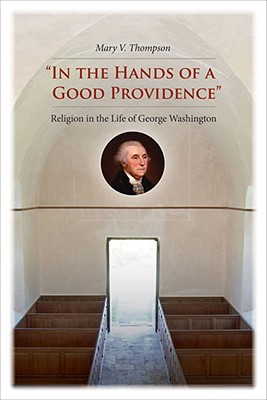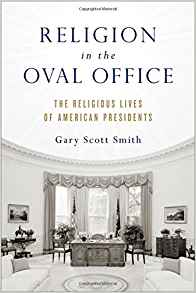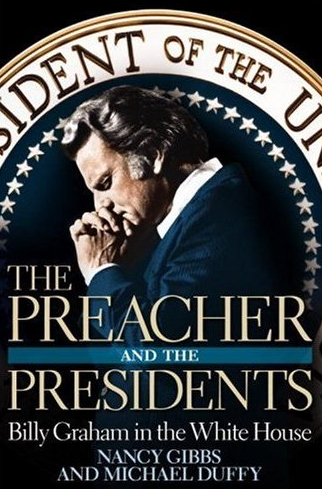My upper-level history adjunct offering this semester at Southeastern University is a course I’ve taught only once before but am eager to do so again. It’s the final one I developed when I was full-time at the university: Religion and the Presidents. The aim is to examine and analyze each president’s religious beliefs (or sometimes the lack thereof) and personal character to see how those beliefs showed up in their personal lives and in their public policies when they became president.
In order to make this course more available to political science majors, whose required courses are concentrated on Tuesdays and Thursdays, I will be teaching on Mondays only, but will pack in a week’s worth in a three-hour session. Choosing a Monday for the course has made it somewhat more compact, as the first Monday of the semester is MLK Day and one Monday in February is Presidents Day, thereby reducing the number of sessions. Wouldn’t it be more appropriate for this course, though, to meet on Presidents Day? Well, I have no control over that.
So students will show up the first time having read most of this book on George Washington, In the Hands of a Good Providence. The author, Mary Thompson, is Research Historian at Mount Vernon, Washington’s home. She has crafted a careful, thoroughly documented, and balanced perspective on Washington’s Anglican faith, which has been a source of scholarly argument for decades. I want students to experience what a good historian does with this type of controversy.
Gary Scott Smith, Chair of the History Department at Grove City College, provides the book that will be used throughout the course, Religion in the Oval Office: The Religious Lives of American Presidents. In it, he looks in depth at a number of interesting presidents: John Adams, James Madison, John Quincy Adams, Andrew Jackson, William McKinley, Herbert Hoover, Harry Truman, Richard Nixon, George H. W. Bush, Bill Clinton, and Barack Obama.
I’ve reserved some presidents for myself, the ones I have studied most and/or have a particular interest in explaining: Thomas Jefferson, Abraham Lincoln, James Garfield, Calvin Coolidge, and Ronald Reagan. There are a number of other presidents, primarily in the nineteenth and the early twentieth centuries, that students will research and write about. They will then report to the class on what they have found.
The final book, The Preacher and the Presidents, by journalists Nancy Gibbs and Michael Duffy, focuses on the last half of the twentieth century through the relationship that evangelist Billy Graham forged with the presidents during the time of his ministry. It also concentrates on the lessons he learned along the way about the dangers and pitfalls of tying his ministry too closely to certain presidents, primarily Richard Nixon. Here’s where the students will get deeper insights into presidents such as Dwight Eisenhower, John F. Kennedy, and others. There will be some overlap with Smith’s book for some of these presidents, but it will be a plus for students to do some comparisons.
What about Donald Trump and Joe Biden? Well, I will conclude the course with my thoughts on both of those men. I hope I will be able to help students think seriously about how evangelicals have responded to current politics. I hope it will aid them in reaching a more mature understanding of the proper way the Lord would have us involve ourselves in the political realm.
When we have finished, I want students to take these Scriptures to heart:
Therefore, since you have been raised with Christ, strive for the things above, where Christ is seated at the right hand of God. Set your minds on things above, not on earthly things. …
Act wisely toward outsiders, redeeming the time. Let your speech always be gracious, seasoned with salt, so that you may know how to answer everyone.
Colossians 3:1-2; 4:5-6



